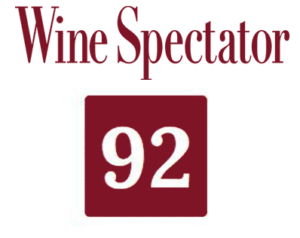Description
Les Grèves is situated in the North between Les Toussaints, Les Bressandes and Les Theurons. In French,Grèves means sandy, small stones, which describes the soil of these vineyards. It is the largest Beaune Premier Cru vineyard.
The Clos Blanc parcel was converted from Pinot Noir to Chardonnay by Andre Gagey in the early 1980s, in recognition that the base of the slope contained more clay than stones and was therefore an ideal site for white wine production. This subsoil and ideal slope & exposure combine to produce a consistently opulent and expressive white wine with subtle acidity, candied citrus notes, and an expansive mouthfeel. While this wine is always showy upon release it will also age to good effect over the course of a decade.
How To Say It
LOO-ee zhah-DOE BONE GREV luh cloe blahnk fah-MEEL gah-ZHAY
Vino Joe Says...
This is a perfect introduction to the glory of white Burgundy, whether you want to begin understanding it from the glass or starting your wine collection. It’s just starting to open up now, and will benefit from another 4-5 years in the cellar.
